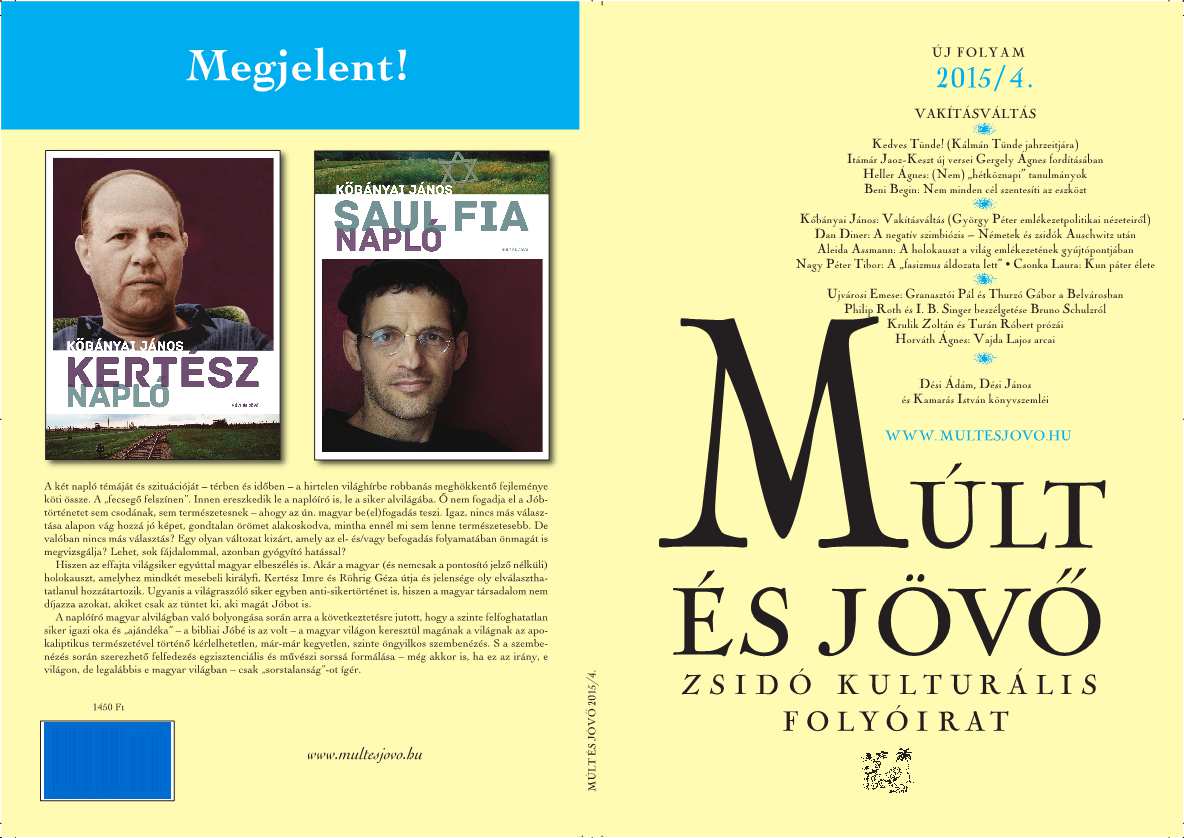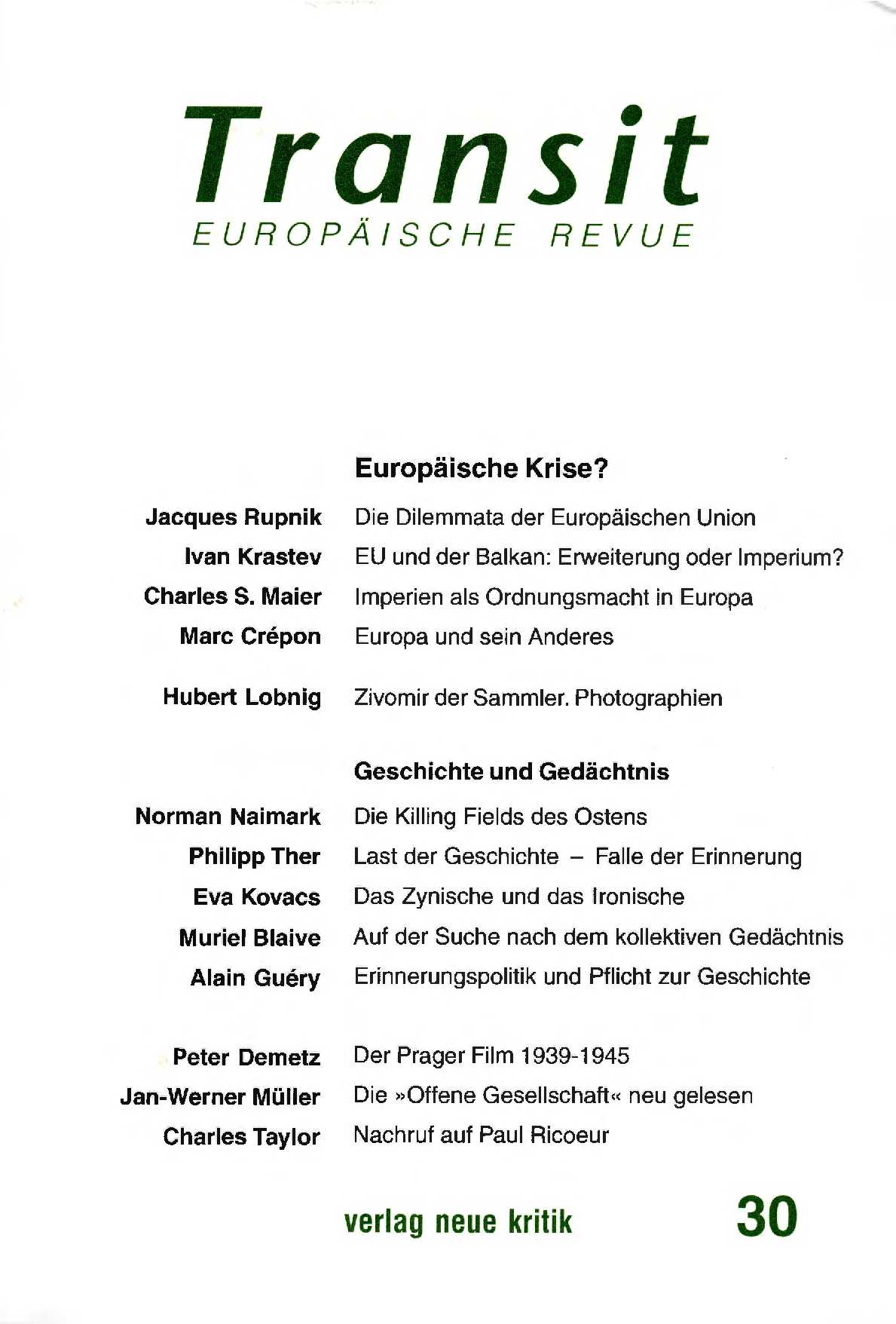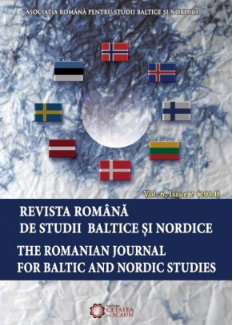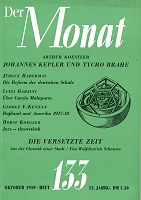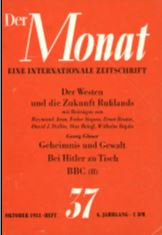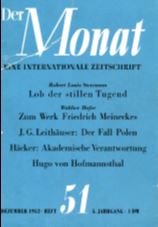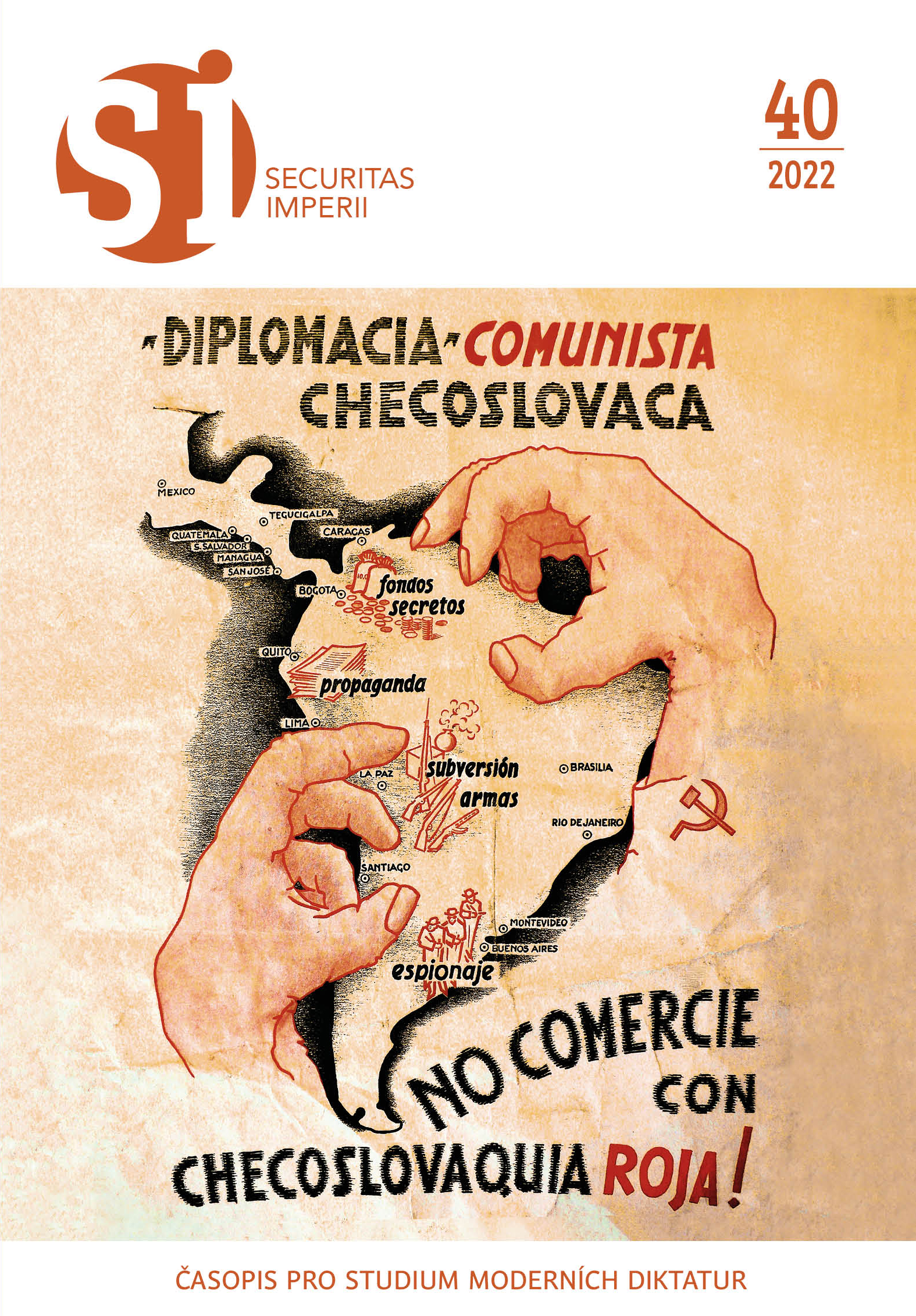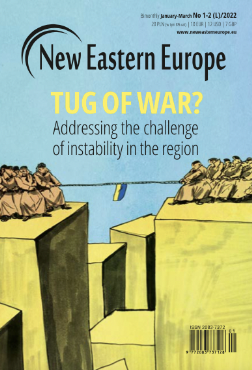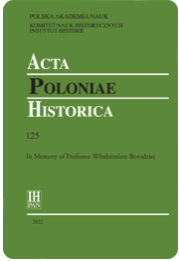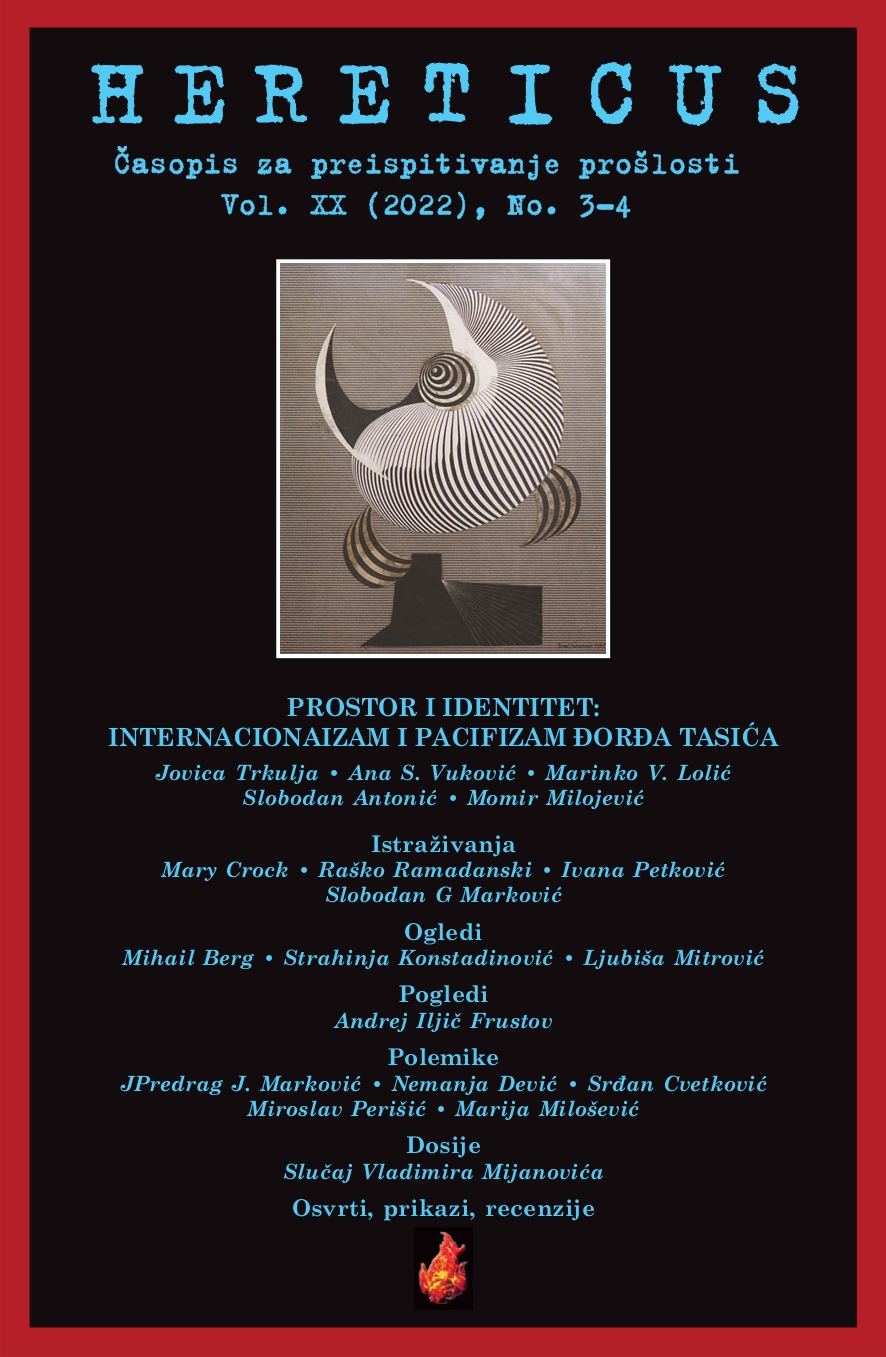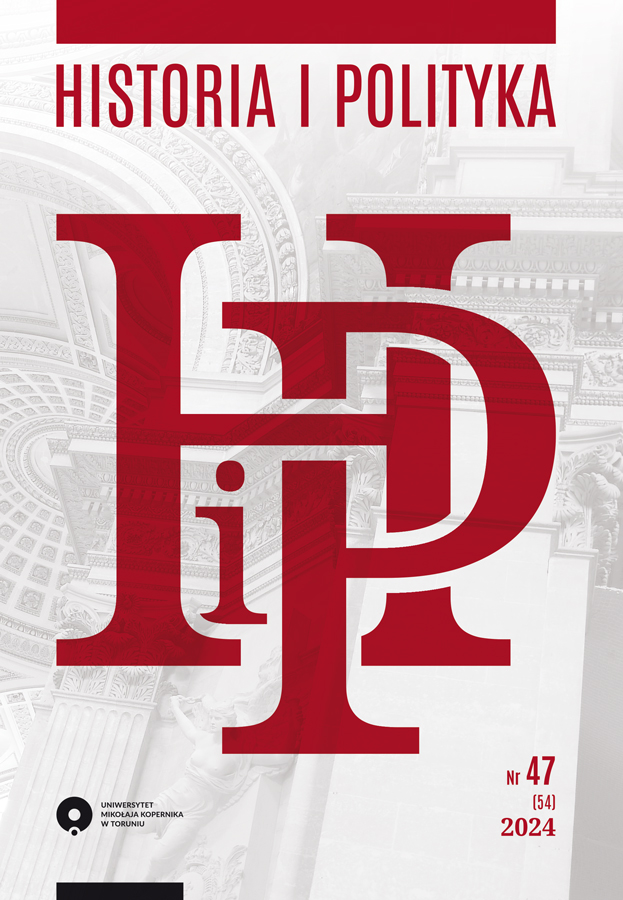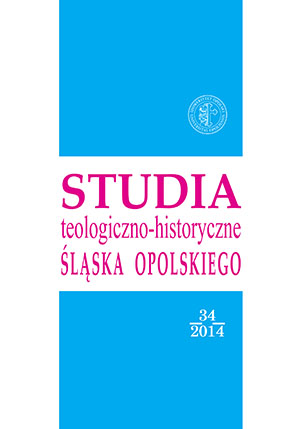
O. Teodor Sąsała SVD (1888–1940) - sługa słowa Bożego. W setną rocznicę święceń kapłańskich
This year (2014) will see the 100th anniversary of the ordination to priesthood of Father Teodor Sąsała. He was born on November 7, 1888 in Sczepanowitz in Opole, as the son of Andrzej and Joanna, born Gabriel. On April 21, 1903, he entered the Society of the Divine Word, and began his studies at the Catholic secondary school in Neisse. He spent his years of study in St. Gabriel in Mödling in Austria. His Order vows he laid on September 3, 1914. at the mission of the Holy Cross in Neisse, where he received his ordination also on 8 September of the same year. In 1927 he was transferred to the mission house of St. Joseph in Gorna Grupa where he worked as a lecturer in French language from 1929 and acted as the confessor of the friars, dedicated himself to household items and was the assistant of the Provincial. On October 28, 1939, Father Teodor Sąsała was intervened together with other members of the Society of the Divine Word in Gorna Grupa and on February 5, 1940 he was promoted to the concentration camp at Stutthof, later to the Sachsenhausen concentration camp. After only five days in the Sachsenhausen concentration camp he fainted during the exercises. Sustained by his friends, he died on 16 April 1940 on the way to the infirmary of the concentration camp
More...
